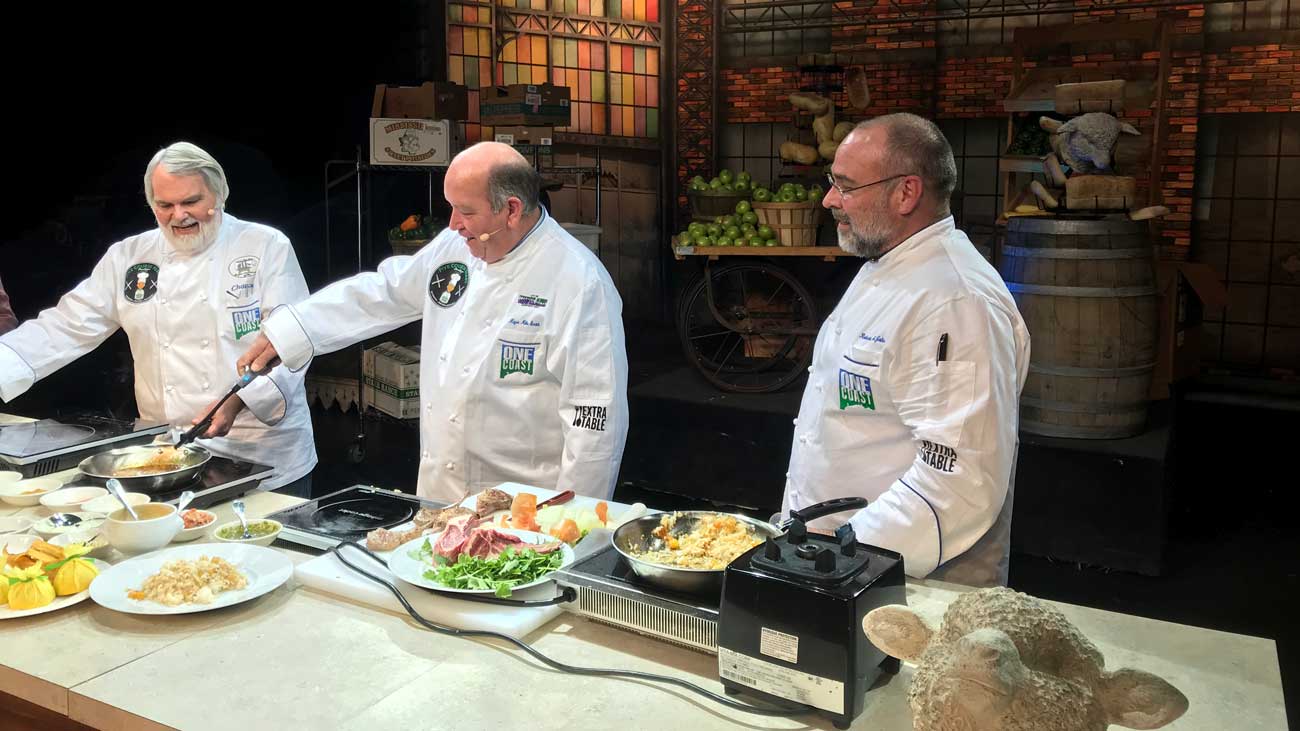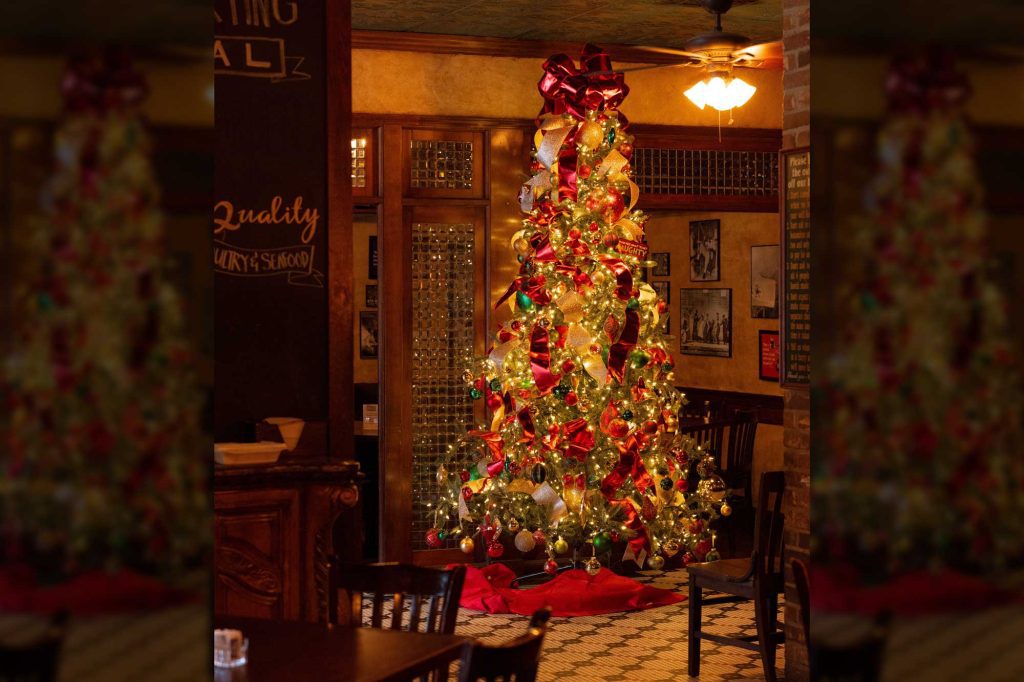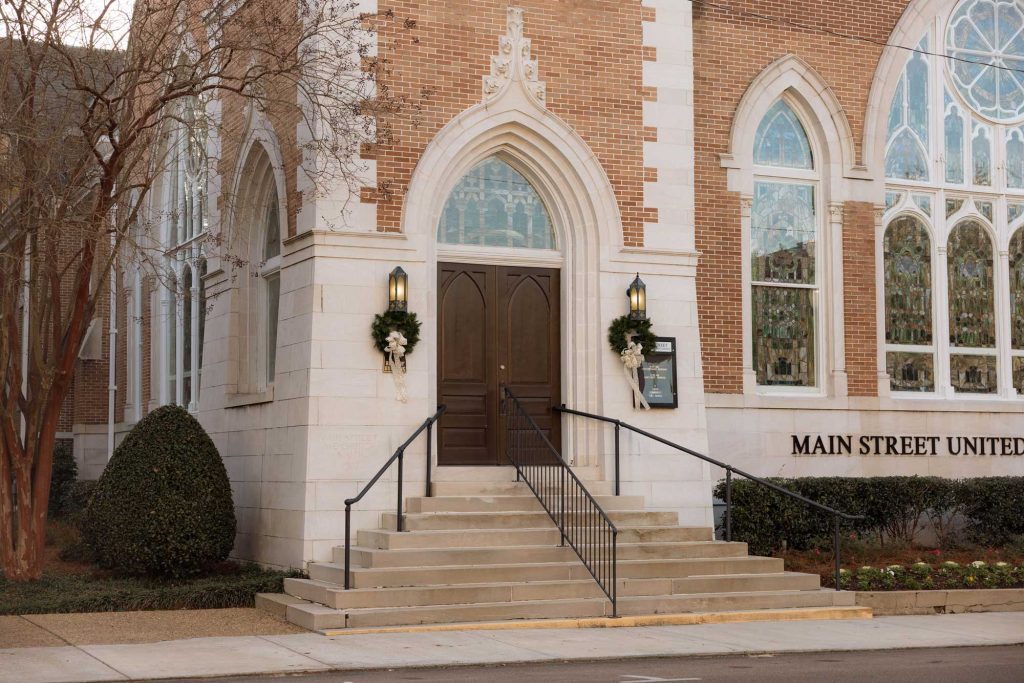On an unusually warm morning in Paris this past July I woke up early with one mission in mind: To eat at the best French bakery I could find within 10 blocks of my hotel.
I had scouted the Saint-Germaine neighborhood the afternoon before and found a few boulangeries but none that looked like a knock-it-out-of-the-park-end-
The neighborhoods of Paris are little self-sustaining pockets where one could live exclusively within a two or three block radius and never leave that small area. Typically there is a bakery (boulangerie or patisserie), a butcher (boucherie), a green grocer, and a fish monger’s shop (poissonnerie) within site of each other.
I always visit the butcher and fish monger in a European city, but if one is staying in a hotel there’s not a lot one can do with raw fish or meat, so I look, admire and converse, but never purchase anything. Green grocers are different. It’s easy to take a few pieces of fruit back to a hotel room to snack on over the course of a stay.
The ultimate pick-it-up-and-take-it-back-
Almost five years ago a Frenchman named Januz opened the C’est la Vie bakery across the street from my office. On my first visit I was a little disappointed. The place was small and cramped. There seemed to be no rhyme or reason as to how the tables were situated, and the offerings were entirely different than I was used to seeing in American bakeries or breakfast places.
Despite my initial concerns and observances the baked goods were excellent, the quiche was as good as any I had ever eaten, and the man knew how to make an omelet (it’s amazing to me how many breakfast places don’t serve properly cooked eggs). There is one unwritten, though universally accepted, premise in all of cooking— the French know how to cook eggs. They know how to bake, too. Despite the cramped dining space and out-of-the-ordinary offerings, the baked goods were were spot-on excellent.
There were no giant cinnamon rolls, no massive pecan sticky buns, nothing was fried, and the breads were light, airy, and delicate and all displayed at room temperature. The chef even preferred the croissants that were on the verge of being— what seemed to me to be— a little overdone. It was unique to this area.
Having world-class croissants, scones, muffins, and brioche-inspired pastries 107 steps from my office door spoiled me.
It wasn’t until I spent a good bit of time in Europe that I “got” the C’est la Vie bakery. It is a European bakery located on Hardy Street in Hattiesburg, Mississippi. It wasn’t until I was standing in the La Parisienne Boulanger Patissier in Paris that I understood that C’est la Vie bakery is a true French gem in Hattiesburg, Mississippi.
I was in the middle of Paris staring at items I see (and eat) almost every morning at home. All of the usual suspects were there— croissants, almond croissants, chocolate croissants, pain au raisin, and more.
The amazing thing about the La Parisienne Boulanger Patissier in Paris (I think there might be a few locations) is that is was as good as what I eat in Hattiesburg, not the other way around. I found myself in the middle of Paris trying to find a bakery that was as good as the one I frequent back home in Mississippi.
What baffles me however, is that bakeries such as La Parisienne Boulanger Patissier use professional stack baking ovens and large prep areas. Januz produces the same results in a tiny kitchen space with a standard American convection oven. That is truly impressive.
On a previous trip to Paris we were in a different neighborhood and I never found a bakery that was as good as my hometown spot. Not one. What I know today is that the small, cramped C’est la Vie is a very typical European bakery. To this day, I still see people walking in the C’est la Vie bakery perusing the offerings— nothing giant, nothing too sugary, and nothing fried— and walking out.
It’s the real deal and you better get there early because they don’t do thaw-and-bake mass-produced bread products. There is a limited amount available each day and I am usually there early, so you’re going to have to beat me to the croissants.
We often think that the grass is greener and catch ourselves criticizing our current city or town and its offerings. What we should do is put the glass-is-half-empty attitude on the shelf with the giant cinnamon roll and focus on what we do have. I vow to appreciate what is around me. Today, I am lucky to live 107 steps away from a world-class bakery, and one that is every bit as good as any bakery I have visited in Paris.
Black Strap Molasses Muffins
3/4 cup Hot Water
1/2 cup Molasses
1/4 cup Milk
2 cups Whole Wheat Flour
2 cups All Purpose Flour
3/4 cup Sugar
3 Tbl Baking Powder
1 tsp Baking Soda
1 tsp Salt
1 1/2 cups Pecans, roasted, cooled
Preheat oven to 325.
These muffins come out best if the batter is made at least 8 hours in advance.
Combine the molasses with the hot water and stir well. Add milk to the molasses mixture and set aside.
Sift together the two flours, baking soda and salt. Add nuts and sugar to the sifted flours.
Gently fold in the wet ingredients into the flour/nut mixture. It is very important not to over mix this batter (it is fine if there are small clumps of dry mixture still visible). Store batter in refrigerator until ready to bake.
Using a nonstick muffin pan, fill each muffin mold with 1/3 cup of the batter. Bake 15-18 minutes.
Let muffins cool slightly before removing them from the muffin pan. Serve warm.
Yield: 12-16 muffins



